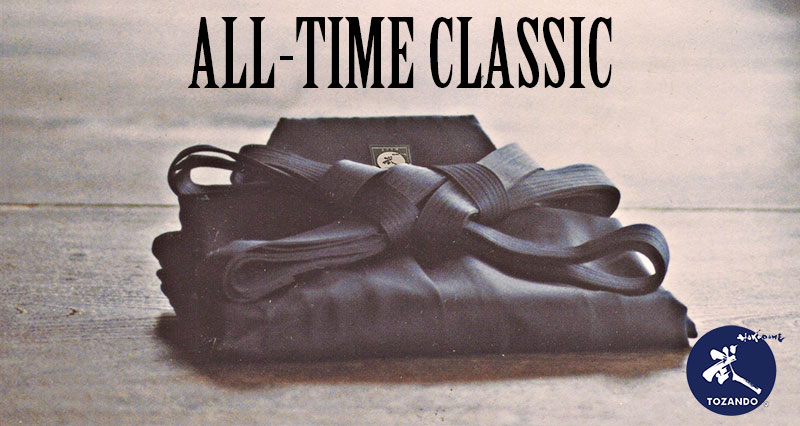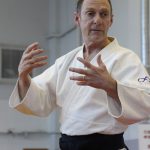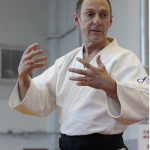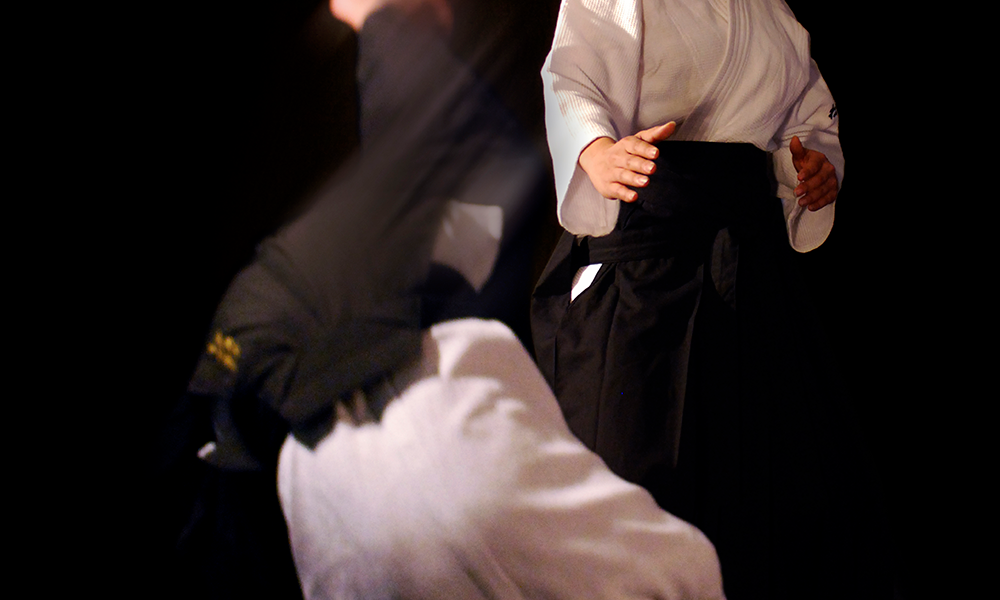
If you’re an Aikido practitioner, it’s safe to presume that you want to see improvements in your technique. And with that goal in mind, you practice day in day out to achieve it. The truth of the matter, however, is that there are probably a lot of practitioners who feel like they’ve hit a wall and are rightfully concerned.
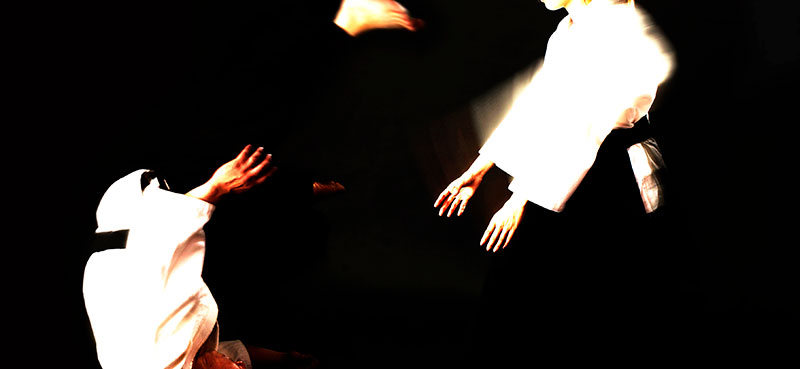
Having experience under my belt teaching Aikido both at university and at town dojos, and having survived many failures, I’ll give you 3 tips that will help you overcome stumbling blocks that are holding you back.
Focus on the process
Many Aikidoka probably have a hard time performing Ni(2)-Kyo and Irimi-Nage effectively. In most cases, you probably tend to get hung up on the instance when you complete the lock or the throw. The technique, however, is made up of several components including ‘De Ai’ (meeting), ‘Atari’ (striking) or ‘Fure’ (making contact), ‘Sabaki’ (handling), ‘Kuzushi’ (unbalancing), ‘Tsukuri’ (making/constructing), ‘Kake’ (suspending), and ‘Kime’ (bringing to completion).
The reason why you’re not performing ‘Kake’ correctly when locking the Ni-Kyo or throwing using the Irimi-Nage can usually be found in the preceding steps, that is, ‘Kuzushi’ and ‘Tsukuri’. So, why not practice while keeping the entire process in sight with one step flowing into the next?
Embrace Doubt
You’re following the Shihan’s explanation to a tee, and yet somehow, you just can’t seem to get it right. “I just can’t get it!” you say to yourself, with a nerve-racking and frustrating feeling. The Shihan and you are separate individuals. Either one has his or her own way of thinking, height, weight, physical abilities, and accumulated years of experience. The person explaining techniques will do so within the constraints of his own capacity, filtered through his perception, and explained with his own words. And since our abilities and capacities vary according to each and every one of us, the likelihood is that we aren’t performing the moves exactly according to how Shihan is explaining them.
“So, how do I get myself out of this conundrum?” you ask. During my daily practice, several queries tend to occur to me too. While bearing in mind questions such as; “I’m with Shihan at every step of his explanation, and yet why can’t I perform my technique successfully?” it’s also important to tackle and dispel every single other one of your own queries to the best of your abilities. It’s thanks to your own “queries” that you can give unique shape to your own Aikido.
Take care of your training partners at all times
If you lose a good training partner, you lose the opportunity to get good training in. The role of a good partner is twofold. On one hand, he or she’s a partner trying to master techniques just like yourself, while on the other, he or she’s also a teacher of sorts that observes your technique from an objective standpoint. Always pay attention to what your training partner is saying and practice with many peers while keeping things fun so that you may pursue training long-term: Perhaps, this is the most important thing to keep in mind during your training journey.
These are the 3 tips for improving my Aikido I personally value the most. Is there anything in particular that you value during your daily Aikido practice that differs from what I’ve touched upon here?



